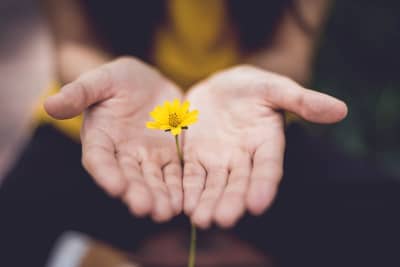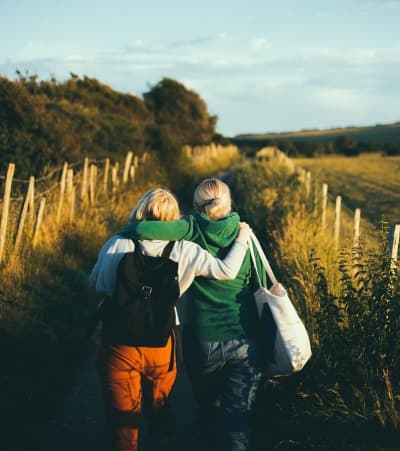The nights have started getting chilly and on the moor there has been fog and mizzle for several days. A cobweb on the outside of my cottage window is hung with droplets of condensed mist. Tiny beads on the fine cross-strands and larger drops on the main threads running out from the centre. All of them catching and refracting the diffused light, turning them into glittering bright jewels in the gloom.
Although my birthday was a few months ago, this foggy morning was the day of a birthday present from my lovely children who had given me the gift of a course about foraging for wild foods at Robin Hood’s Bay near Whitby. On the drive over Fylingdales Moor I was barely able to see more than a few metres in front of the car, but the fog cleared as I dropped down off the moor. I was a bit late for the rendezvous and the group very kindly waited for me as I ran in my wellies from the car park feeling rather flustered.
The first plant we looked at was wild fennel growing by the side of the road. Then we walked through the village, having a nibble of hairy bittercress along the way, up to the cliff top Cleveland Way path. Every few steps we stopped to learn about the many edible wild plants. To name just a few - yarrow, Queen Anne’s Lace, and hogweed. The amount of information was rather overwhelming, here’s a snippet. Queen Anne’s Lace is the wild relative of the carrot. The name comes from the red central florets amongst the white ones. These tiny red flowers symbolise drops of blood from when Queen Anne pricked her finger whilst making lace. Whether or not she ever actually made lace is lost in the mists of time, but it’s a lovely story and a good one to remember the plant by. There is even a poem by William Carlos Williams:
Her body is not so white as
anemony petals nor so smooth—nor
so remote a thing. It is a field
of the wild carrot taking
the field by force; the grass
does not raise above it.
The cliff top path leads to Boggle Hole where we descended uneven steps down to the beach. We were now starting the part of the course I was especially interested in – and I felt very blessed to have children who know that I want to learn about edible seaweed. So many wonderful seaweeds to eat: Laver, Kelp, Sugar Kelp, Bladderwrack, Serrated Wrack, Gutweed, Wireweed, Sea Lettuce, Pepper Dulce, Oak Weed, Bladder Siphon Wrack and…. a delicious treat… Sea Truffle!! Definitely a very special birthday present.
Have you ever had a special strange present from someone who knows what you like best?



Comments
You need to be Logged In and a Moodscope Subscriber to Comment and Read Comments